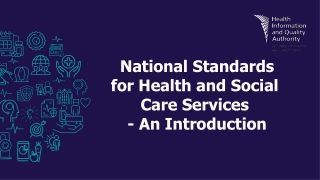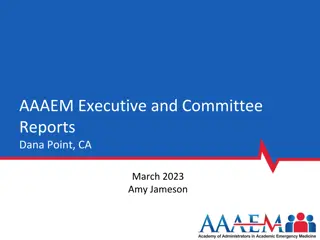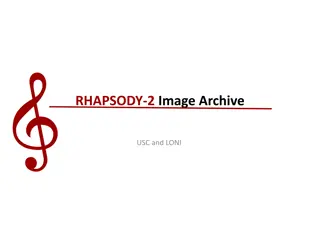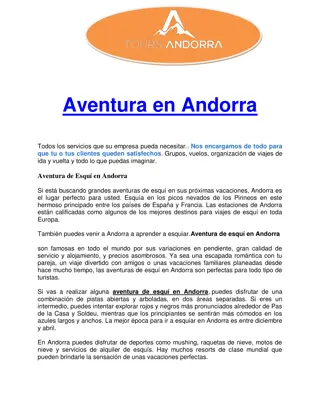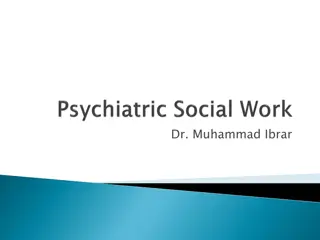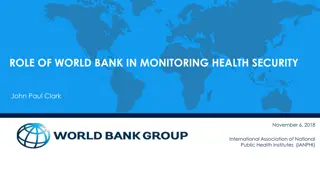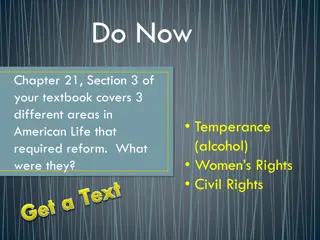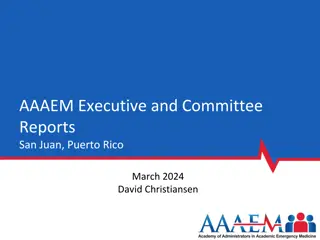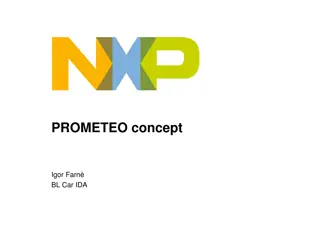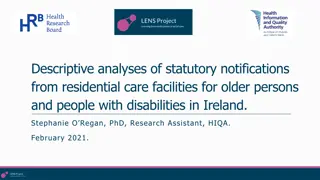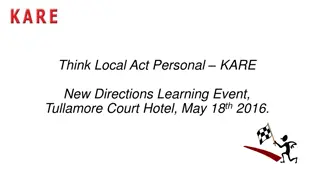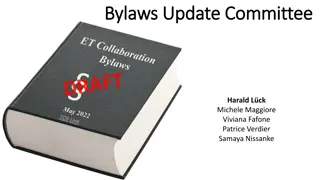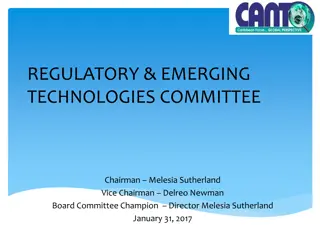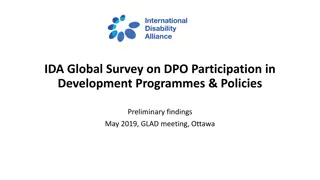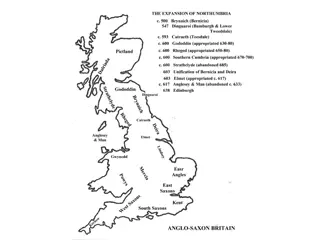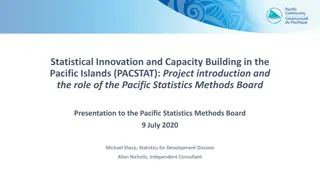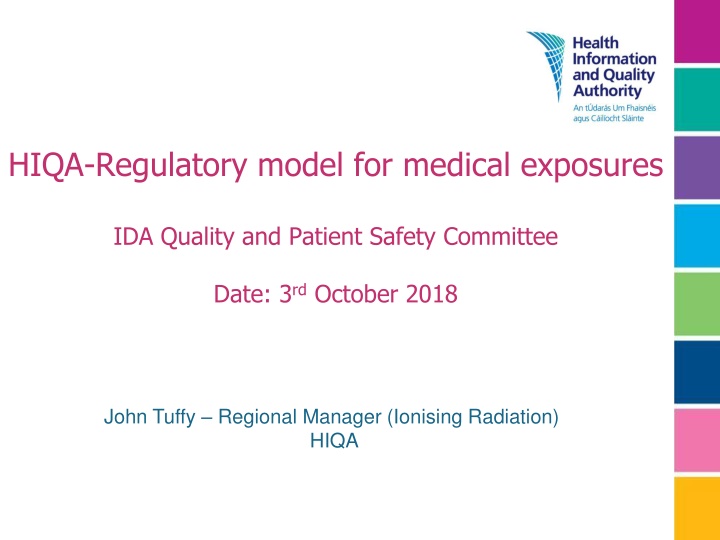
Oversight of Medical Exposures Legislation and Regulatory Changes
The Department of Health serves as the Competent Authority for medical exposures, with some functions delegated to the HSE. The National Radiation Safety Committee and Medical Exposure Radiation Unit play key roles in guiding undertakings in legislation compliance. Proposed regulatory changes will transfer authority to the Health Information and Quality Authority (HIQA), enabling access to all healthcare facilities for patient radiation protection.
Download Presentation

Please find below an Image/Link to download the presentation.
The content on the website is provided AS IS for your information and personal use only. It may not be sold, licensed, or shared on other websites without obtaining consent from the author. If you encounter any issues during the download, it is possible that the publisher has removed the file from their server.
You are allowed to download the files provided on this website for personal or commercial use, subject to the condition that they are used lawfully. All files are the property of their respective owners.
The content on the website is provided AS IS for your information and personal use only. It may not be sold, licensed, or shared on other websites without obtaining consent from the author.
E N D
Presentation Transcript
HIQA-Regulatory model for medical exposures IDA Quality and Patient Safety Committee Date: 3rdOctober 2018 John Tuffy Regional Manager (Ionising Radiation) HIQA
Introduction to HIQA Formed under the Health Act 2007 Currently around 230 staff Offices in Cork (Head Office), Dublin, Galway. Directorates within HIQA Regulation Health Technology Assessment Health Information and Standards There are four distinct pillars delivering programmes of regulation in HIQA that operate under Section 8 of the Health Act 2007 Disability Services (Adults and Children) Older People s Services Children s Services Healthcare (envisaged there will be an amendment to Health Act to include Ionising Radiation which will allow access to public and private facilities)
How we currently monitor and report in Healthcare Receipt of information business intelligence/data surveillance Self-assessment Thematic inspection Announced and unannounced inspection (usually one day, with a team of two to four staff for larger Healthcare facilities) If announced, usually request pre-onsite information Investigation or large service review Publish report and engage with media as needed
Current oversight of medical exposures legislation The Department of Health is currently the Competent Authority for medical exposures Some functions have been delegated to DG of the HSE. The National Radiation Safety Committee was set up in 2007 to advise the DG of the HSE. NRSC and Medical Exposure Radiation Unit (MERU) have effectively guided undertakings in relation to legislation Radiation Protection Manual National Pregnancy policy Dental Radiation Protection file The Department of Communications, Climate Action and Environment (DCCAE) has overall responsibility for the transposition of the 2013 EU Directive into Irish legislation (was due on 6th February 2018) Until enactment of new legislation, the Department of Health is the competent authority for medical exposures and MERU will maintain current functions until SI 478 is revoked.
Regulatory changes envisaged in the new Statutory Instrument Until now the EPA has regulated Ionising Radiation from the point of view of environmental and occupational exposures. There has been a legislative void in formal regulation of the exposures that patients receive. It is anticipated the legislation will transfer the competent authority and regulatory functions for patient radiation protection from the DOH and HSE to the Health Information and Quality Authority (HIQA). Article 76 of the Directive requires an independent regulator. New legislation will allow HIQA access to all public and private facilities including dental clinics, public hospitals, private hospitals etc- a new departure for Healthcare regulation in HIQA. MERU does not currently have enforcement powers however, the new legislation will give enforcement powers to HIQA that can be utilised if undertakings are non compliant with legislation.
Practical changes in the BSS to be transposed in Irish legislation Legislation is relevant for all undertakings types. Previous legislation was targeted at more complex entities. No distinction between service types (dental, radiology etc). New terminology undertaking (previously license holder or licensee). Strengthens Justification and Optimisation principles Mandatory use and regular review of diagnostic reference levels Registry and analysis of accidental or unintended exposures Roles and responsibilities and appropriate education and training for practitioners Appropriate involvement of medical physics experts (MPEs) dependent on risk. Procedures: Requirement for clinical protocols and clinical audit
Reporting of Accidental and Unintended exposures notifications (Significant Events) Responsibility to report significant events to HIQA We plan to adopt the MERU incident reporting thresholds for accidental or unintended exposures. Publish guidance on incident notifications upon commencement of the legislation to include information required, timelines etc Many dental exposures are quite low and may not meet the threshold for mandatory reporting to HIQA if an incident occurs. However some exposures ex. Cone Beam Computed Tomography (CBCT) may approach reporting thresholds ie 1 mSv. There is still an obligation to maintain a local record of accidental or unintended exposures. In time, it is our intention is to change from a paper based reporting system to an online portal based submission system to reduce the time it takes to report and therefore encourage incident reporting.
Phase One upon commencement HIQA will communicate with EPA licensees to introduce HIQA as new regulator of medical exposures. Publish guidance on requirements for undertakings under the legislation. No additional registration process or registration cycle however there is a requirement for HIQA to be aware of new and existing undertakings. Each undertaking will complete a short declaration form listing the person (body) responsible for the medical radiological procedures and verifying appropriate contact information. When any of the requested details changes, HIQA must be informed. Phase Three Phase Two Phase One Commence ment Regulatory Inspections Self Assessment
Phase Two Baseline Self Assessment After the initial declaration phase has completed, HIQA plan to produce guidance on the interpretation of the regulations as an aid to undertakings. HIQA also plan to issue an online self assessment to be completed by undertakings. Each undertaking will use this opportunity to self determine their compliance with regulations. The returned information will help HIQA to get a baseline assessment of adherence to regulations in every undertaking. Each undertaking can use their own information as a quality improvement process. Phase Three Phase Two Phase One Commence ment Regulatory Inspection Self Assess ment
Phase Three- Regulatory site visits HIQA will commence a risk based approach to regulation. Will involve on site inspections across a range of services(dental, radiology, radiotherapy etc.) Information used to devise this approach will include Self assessment results Incident reporting Unsolicited information The types of services provided Size and scale of activities Phase Two Phase Three Phase One Commence ment Self Assess- ment Regulatory Inspection Guide to our regulatory inspections will be issued in advance. Assessment framework on how we base our regulatory decisions will be published.
Preparations and communications We will communicate with each licensees informing them of HIQA s new role in relation to regulating medical exposures. Expert Advisory Group Stakeholder engagement engage fully with relevant professionals involved in medical exposures post commencement. We acknowledge that dentists make up the vast majority of current EPA licensees. Public engagement- website, social media, press releases, guidance documents etc to inform the public of HIQA s role in the regulation of medical exposures. Update of IT infrastructure to be able to communicate with undertakings electronically for example receive notifications and issue self assessments electronically.
Contact Details (upon commencement) Webpage: All guidance will be published on our website www.hiqa.ie Email: radiationprotection@hiqa.ie
Summary There is an acknowledgment that dental exposures are generally seen as low risk compared to other imaging types, however with new advancements in technology eg. CBCT there is a potential for increased radiation exposures to patients comparable to some exposures in Radiology. New legislation will be relevant for all providers of medical exposures. This is a new relationship for both HIQA and the dental community and everyone will need time to become accustomed to the requirements of the new regulations when published . Open bilateral communications are integral between undertakings and HIQA in order to be proportionate and fair in our regulatory approach and judgements. Formal regulation of new ionising radiation legislation will initially help dentists to an initial level of compliance but more importantly help drive best practice in patient protection.

